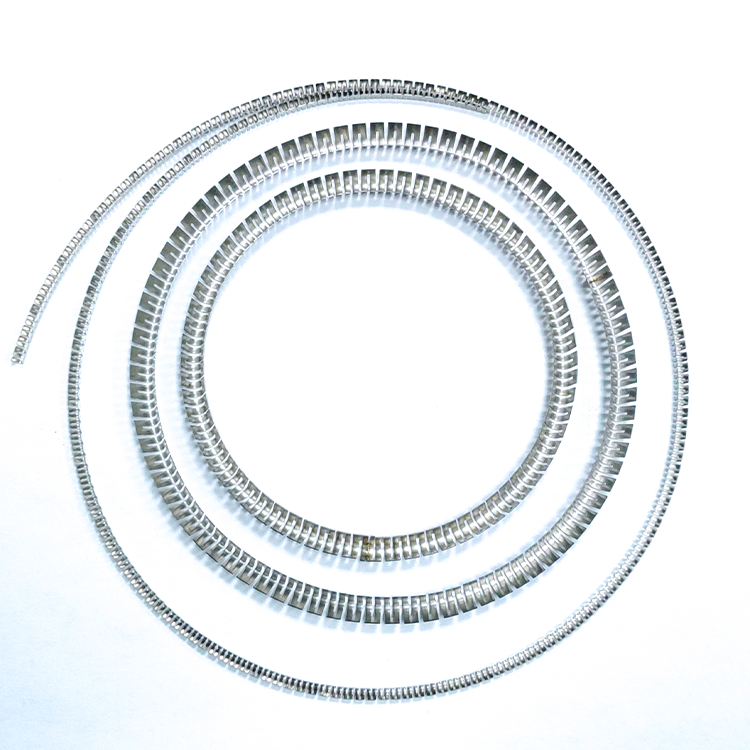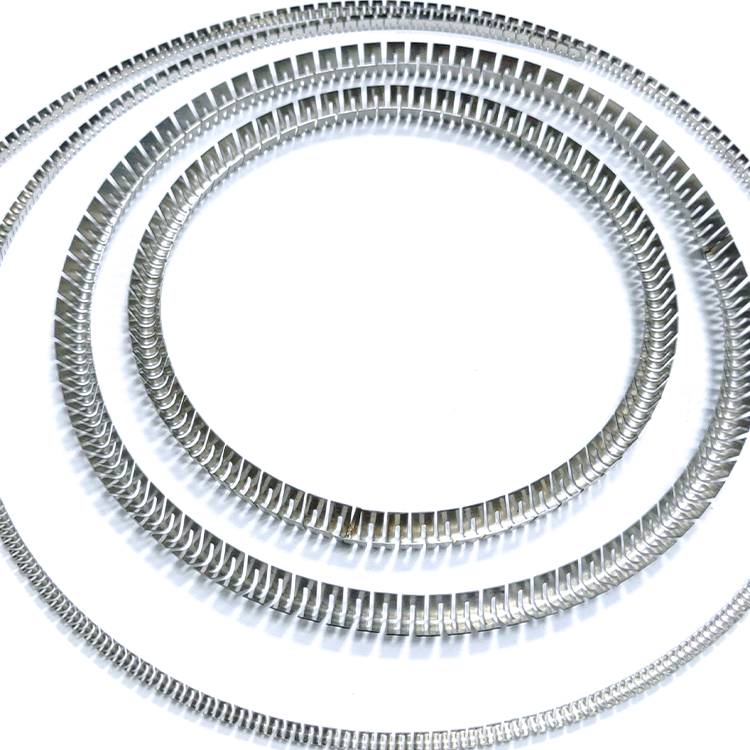The working principle of a V-spring, or any springs, is based on Hooke’s Law, which states that the force exerted by a spring is directly proportional to the displacement of the spring from its equilibrium position.
This principle is applicable to all types of springs, including V-springs, regardless of their specific design or application.
Hooke’s Law is mathematically expressed as (F = -k*X), where:
(F) is the force exerted by the load on the spring,
(X) is the displacement of the spring (a negative value indicating the force to restore the spring is opposite the direction), and.
(k) is the spring constant, which indicates the stiffness of the spring and depends on the spring type.

V-springs, like other springs, store energy when compressed and release it when the load is removed. This energy storage and release mechanism allows V-springs to perform various functions, such as controlling the movement of components in machines, providing shock absorption, and maintaining the position of components under load.
The manufacturing process of V-springs involves several steps, including winding, where the spring wire is coiled according to the desired shape, and heat treating, which makes the spring undergo a stress-relieving process, allowing it to bounce back when subjected to stress.

In summary, the working principle of a V-spring is rooted in Hooke’s Law, which describes the relationship between the force applied to the spring, its displacement, and the spring constant. This principle allows the springs to store and release energy, enabling them to perform various functions in mechanical systems.